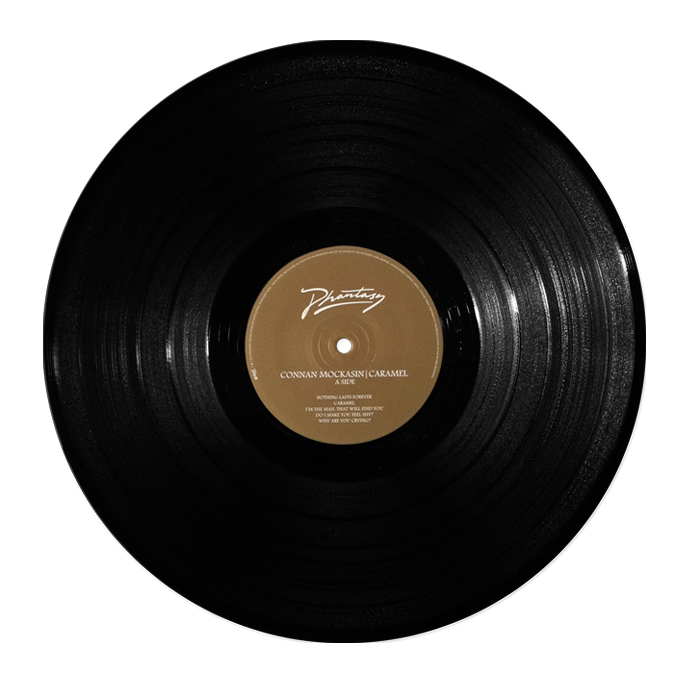The Russell: Rhizomatic Wild Combinations in Downtown New York
Arthur Russell is one of my favorite artists. His music embodies what I love about creativity. He was a cellist, singer, composer, and producer, making music that was everything from country, folk, disco, to avant-garde-sound-bite-echoes little more than little loops of whispers. More often than not, he combined all of these things together, releasing music under monikers such as Loose Joints or Dinosaur L. He was a gentle soul who lived above of Allen Ginsberg's apartment in the East Village and stole his electricity, was friends with Phillip Glass, Larry Levan of Paradise Garage, David Byrne (and featured on a B-Side of Talking Heads' 'Psycho Killer'), collected by Basquiat, and even assumed the role of musical director at the multi-disciplinary art-space The Kitchen for a year. He died in relative obscurity but has enjoyed a small posthumous Renaissance due to the hard work of his partner Tom Lee and of Steve Knutson at Audika Records.
Arthur emerged from a strange, dense, and thriving scene: the East Village of Manhattan in the 1970's and early 1980's. A mere 1.99km², bound by 14th St., East Houston, the East River and the Bowery – easily walkable in under an hour. Despite its size, however, the creative output of this small lick of land is unfathomable. The enduring cultural relevance is boundless, so thick with references that there's almost no point listing them...
Patti Smith, The Velvet Underground, Sun Ra, Jonas Mekas, Basquiat, Wojnarowicz, Eileen Myles, CBGB OMFUG, Max's Kansas City, Mapplethorpe etc. etc. etc. ...
The best thing about this 'scene' is that its circumstances provided room for artists to play with limits – limits of genre, limits of medium, limits of structure. The cheap rent and density of the neighbourhood allowed for a bustling DIY sub-culture to blossom: art galleries, music venues, poetry readings and clubs all merging into overlapping informal collectives that allowed for artist's to easily cross into each other's disciplines and experiment. The artists were poets were musicians were directors were photographers were activists, forming not so much one 'scene', as dozens, hundreds of small 'scenes' that overlapped at surprising nodes; little looping rhizomes, all within walking distance of each other. Unsurprisingly, these circumstances laid the ground rife for musical experimentation.
Arthur came from a theoretical background, having studied Indian Classical music in San Francisco, and coming to New York as a student of electronic music at the Manhattan School of Music. He was deeply interested in the experimental genres of the time, especially Minimalism, but even more interested in expanding past specific genre-conceptions; getting rid of 'genre' altogether. His songs show the strange and charming result: distorted cello used to make club songs such as Treehouse / Schoolbell, but also releasing the same songs in completely different iterations – the elements scrambled to create something new with the same ingredients as the old, creating strange, minimal, distorted, spacious noise. To me, Arthur, and the scenes of the East Village represent a potent demonstration of what beauty can occur because of deterritorialization, the consequence of a rhizomatic approach to creativity.





